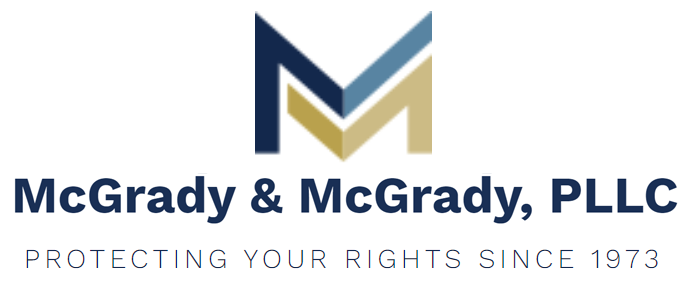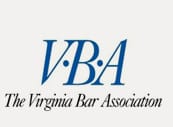Personal injury law deals with damage done to the body by a foreseeable and often preventable act. The person responsible is negligent for creating or ignoring the circumstances leading to an injury.
Slip and fall cases center around proving the owner or person in charge of the premises knew or should have known an existing condition posed a threat. Some circumstances are easier to prove than others, but with the right evidence, a person with an injury may prevail.
Was the condition preventable?
The first test in a slip and fall case is whether intercession could have stopped the accident. The most common conditions that lead to slip and fall cases in supermarkets and restaurants are temporary and preventable. These include things such as:
- Wet floors
- Sticky or slick floors
- Raised carpet or floormats
- Ice on the threshold or steps
Did the owner or manager act appropriately?
When a hazard exists, it is the responsibility of the person in charge to rectify it immediately. Depending on the condition, the responsible party must either fix it or warn the public that the danger is present. This may mean posting signs that the floors are wet or closing the affected section. A person who fails to protect the public from harm becomes liable for injuries that result from an incident directly related to the condition.
Under Virginia law, a person injured in a slip and fall accident has two years from the fall to file a personal injury case. A failure to act within this period means a person waives the right to recover damages from the negligent party. Thus, quick action may mean financial relief sooner.







